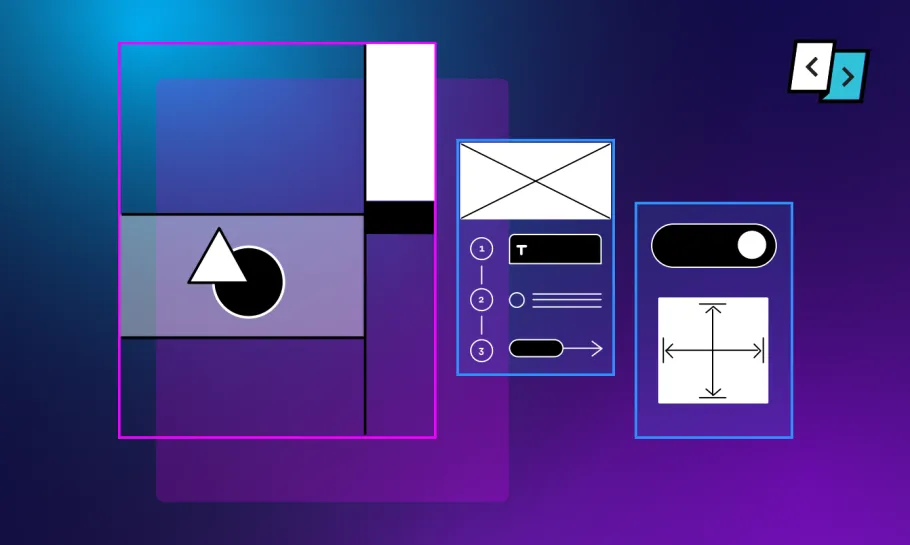Marin SekesanUser Experience Lead
Is it really user testing?
Is there a better way to help our participants feel more comfortable? They’ve taken the time and effort to help us improve the usability of our work; let’s see what we can do.

Let’s use a prototype as an example
Have you been part of a project where a prototype is required? Chances are that you’ve also wanted to test the usability of that prototype with actual users completing actual tasks.
Usability testing is an excellent way to see what works and what doesn’t while testing our assumptions as designers. Then we can make any needed iterations, improving the overall usability of our prototype. Fantastic!
Now here’s the thing. This activity can often be referred to as user testing. Yes, I’ve also done this. Hey, that’s how we learn and improve.
What happens if we call it user testing?
We’ve found that calling it “user testing” can, on occasion, contribute to participants feeling like they’re the ones being tested rather than the prototype. This is the opposite of what’s happening.
Participants can become a bit self-conscious and second guess themselves, potentially altering how they would typically complete a task. After all, as UX designers, we’re also observing their interactions during a session which can also contribute to these feelings.
So how can we help our participants feel more comfortable? They’ve taken the time and effort to help us improve the usability of our work; let’s see what we can do.
It’s important to establish that the prototype is being tested, not the participant
We want to understand how to create better experiences for our end users, and our participants are helping us do just that.
For example, we can begin by simply calling these sessions “usability reviews”.
Our goal is to shift the emphasis so participants understand we’re testing the prototype and the user’s experience while they test it.
This subtle language change can help set the tone early on in the process. This means that even when we’re sourcing participants, they already fully understand the purpose of the sessions we’re asking them to take part in. I know, it’s a small thing.
Our session scripts, tasks and follow-up questions also play a significant role in contributing to the tone of usability reviews. However, this simple, nuanced approach can help set us off on the right foot.
And the more relaxed users are, the more likely they are to offer frank and insightful responses–leading to improved prototypes and end products.